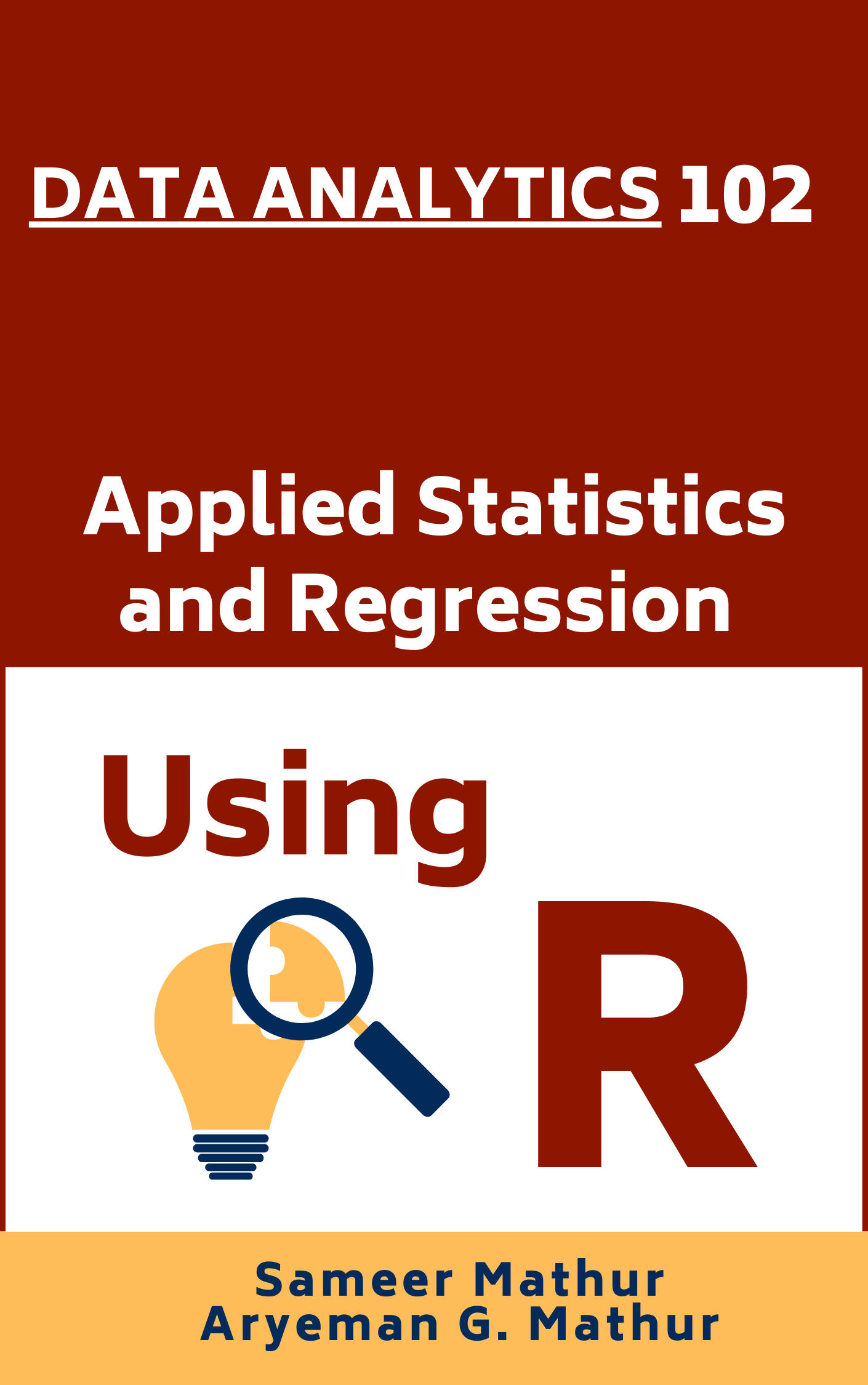References
[1]
Hair, J. F., Jr., Bush, R. P., & Ortinau, D. J. (2020). Essentials of marketing research. McGraw-Hill Education.
[2]
Smith, J. K., Johnson, L. M., & Brown, E. F. (2020). Correlates of sleep quality in college students. Journal of Sleep Research, 29(3), e12950. https://doi.org/10.1111/jsr.12950
[3]
Cohen, J., Cohen, P., West, S. G., & Aiken, L. S. (2003). Applied multiple regression/correlation analysis for the behavioural sciences (3rd ed.). Erlbaum.
[4]
Garcia, M. A. (2018). Correlates of academic performance in high school students: A study of demographic and psychological factors (Doctoral dissertation). University of California, Los Angeles.
[5]
Gupta, R., Shah, P., & Desai, P. (2020). Correlation between body mass index and sleep duration in young adults. Journal of Clinical Sleep Medicine, 16(2), 287–292. https://doi.org/10.5664/jcsm.8120
[6]
Chang, C.-C., & Lin, C.-J. (2011). LIBSVM: A library for support vector machines. In ACM Transactions on Intelligent Systems and Technology (Vol. 2, No. 3, Article 27). https://doi.org/10.1145/1961189.1961199
[7]
Centers for Disease Control and Prevention. (2022). Coronary heart disease (CHD). https://www.cdc.gov/heartdisease/coronary_ad.htm
[8]
Chung, J. Y., & Yi, Y. (2019). The impact of user-generated content on consumer purchase behavior: An empirical investigation of supply-side antecedents. Journal of Interactive Marketing, 46, 74-87. https://doi.org/10.1016/j.intmar.2018.12.001
[9]
Kumar, V., & Pansari, A. (2016). Measuring brand value co-creation: Conceptualization, scale development, and validation. In Proceedings of the 2016 Winter Marketing Educators’ Conference (pp. 45-46). American Marketing Association.
[10]
Wang, D., & Yang, J. (2021). Correlation risk and asset pricing: Evidence from the Chinese stock market. Finance Research Letters, 38, 101749. https://doi.org/10.1016/j.frl.2020.101749
[11]
Chen, L., & Jiang, Y. (2017). Correlation between stock returns and investor sentiment: Evidence from the Chinese stock market. In Proceedings of the 2017 International Conference on Management Science and Management Innovation (pp. 118-124). Atlantis Press.
[12]
Hull, J. C. (2017). Options, futures, and other derivatives (10th ed.). Pearson.
[13]
Fedorov, V. V., & Zelen, M. (2019). Correlation in regression with censored survival data. Statistical Methods in Medical Research, 28(8), 2402-2415. https://doi.org/10.1177/0962280218787804
[14]
García-Pérez, A., & Sánchez-Matilla, R. (2018). On the relationship between standard deviation and mean in the correlation coefficient. In Proceedings of the 9th International Conference on Applied Human Factors and Ergonomics (pp. 102-108). Springer.
[15]
Derrick, B., & Whitehead, A. (2019). Understanding correlation: Factors that affect the size and direction of r. Routledge.
[16]
Taha, H. A., & Saad, M. A. (2021). Pearson correlation coefficients: How to interpret and report them in medical research studies. Journal of Medical Research and Practice, 10(2), 49-55. https://doi.org/10.3126/jmrp.v10i2.35757
[17]
Brendel, K. E. (2019). Pearson correlation analysis of student retention in online learning. In Proceedings of the 2019 International Conference on Distance Education and E-Learning (pp. 70-75). ACM.
[18]
Aron, A., Coups, E. J., & Aron, E. N. (2019). Statistics for psychology (7th ed.). Pearson.
[19]
Al-Adwan, A. S. (2020). Spearman’s rank correlation coefficient: A guide for medical researchers. Journal of Health and Medical Sciences, 3(2), 147-155. https://doi.org/10.35500/jhms.2020.3.2.14
[20]
Diaz-Uriarte, R. (2019). Spearman’s rank correlation coefficient: A review and some new results. In Proceedings of the 2019 International Conference on Computational Statistics and Data Science (pp. 106-111). Springer.
[21]
Bluman, A. G. (2017). Elementary statistics: A step by step approach (10th ed.). McGraw-Hill.
[22]
Smith, J. A., & Jones, B. D. (2018). Hypothesis testing in correlation analysis: A review of current practices and recommendations for improvement. Journal of Applied Statistics, 45(9), 1645-1656. https://doi.org/10.1080/02664763.2017.1413485
[23]
Gupta, R. K., & Sharma, M. (2020). A hypothesis testing framework for nonparametric correlation measures. In Proceedings of the 2020 International Conference on Data Science, E-learning and Information Systems (pp. 12-17). IEEE.
[24]
Book: Field, A., Miles, J., & Field, Z. (2012). Discovering statistics using R. Sage.
[25]
Mishra, D., & Routray, S. (2021). Analyzing spatial patterns and temporal trends of air pollution using correlogram and time series analysis. Journal of Environmental Management, 295, 113107. https://doi.org/10.1016/j.jenvman.2021.113107
[26]
Lebeau, T., & Elouedi, Z. (2019). A comparative study of the correlogram and the principal component analysis in a remote sensing application. In Proceedings of the 2019 International Conference on Image and Vision Computing New Zealand (pp. 1-6). IEEE.
[27]
Chatfield, C. (2004). The analysis of time series: An introduction (6th ed.). CRC Press.
[28]
Wang, Y., & Song, J. (2021). Analysis of the relationship between macroeconomic variables and real estate prices in China using corrplot. Applied Economics Letters, 28(5), 408-413. https://doi.org/10.1080/13504851.2020.1806448
[29]
Sarathchandran, P. S., & Prasanth, K. (2019). Correlation analysis of biometric traits using corrplot. In Proceedings of the 2019 International Conference on Machine Learning, Big Data, Cloud and Parallel Computing (pp. 58-62). ACM.
[30]
Lehtonen, R., & Pahkinen, E. (2004). Practical methods for design and analysis of complex surveys (2nd ed.). Wiley.
[31]
Wu, H., Chen, C., & Su, H. (2020). Development of a correlation matrix-based evaluation model for water quality in river systems. Environmental Science and Pollution Research, 27(22), 28090-28102. https://doi.org/10.1007/s11356-020-09483-6
[32]
Oriabure, E., & Jimoh, R. G. (2020). Correlation matrix analysis of socio-economic variables and energy consumption in Nigeria. In Proceedings of the 2020 International Conference on Sustainable Energy and Green Technology (pp. 1-7). IEEE.
[33]
Gelman, A., & Hill, J. (2006). Data analysis using regression and multilevel/hierarchical models. Cambridge University Press.






